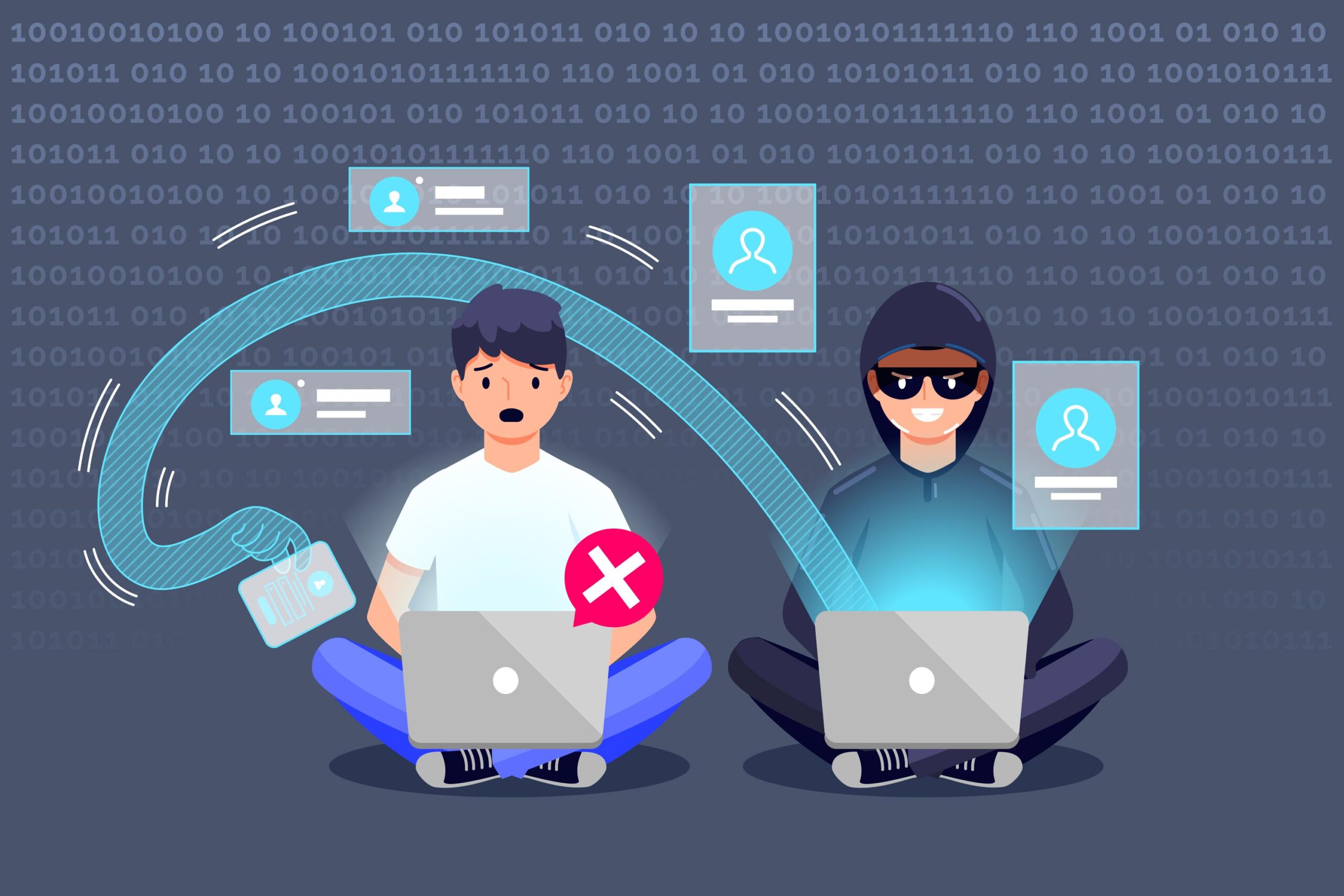Introduction
The digital era has opened endless opportunities for creators, businesses, and entertainment industries to share their work with a global audience. But with this freedom comes a significant risk—content theft. From movies and music to eBooks and software, piracy continues to cost industries billions every year. As a creator or business owner, understanding the basics of anti-piracy is not just a matter of legal protection but also a necessity for safeguarding your intellectual property. Without proactive steps, your content could be stolen, shared, and monetized by others before you even realize it.
This blog will take you through everything you need to know about anti-piracy, from essential concepts to practical measures you can adopt to protect your work. We’ll explore digital piracy threats, explain how copyright protection works, and introduce tools, strategies, and industry standards that every creator should understand. By the end, you’ll not only be aware of the risks but also empowered with actionable insights. If you want to ensure your content stays secure, consider partnering with Aiplex Anti-Piracy—a leader in digital rights enforcement.
Things to Know Before Diving into Anti-Piracy
Before we explore the strategies and tools available to combat piracy, it’s important to establish some foundational knowledge. Understanding what piracy looks like, how it affects industries, and the legal framework surrounding it helps you take informed steps toward protection.
Understanding What Digital Piracy Really Means
Digital piracy refers to the unauthorized use, reproduction, or distribution of digital content such as movies, music, games, software, and written works. While some may see piracy as harmless file sharing, it is in fact a violation of intellectual property rights. With global internet access and advanced file-sharing technologies, pirated content spreads within minutes of being uploaded online.
Creators often underestimate the scale of piracy until they notice lost revenues or declining sales. For businesses, piracy not only impacts profitability but also damages brand reputation when consumers encounter poor-quality pirated copies. Knowing what constitutes piracy helps in identifying risks early and applying the right anti-piracy measures.
The Impact of Piracy on Creators and Industries
Piracy has a severe economic impact across industries. According to reports, the film and television industry loses billions annually due to illegal distribution of movies and series. Independent musicians and authors struggle to generate sustainable income when pirated versions of their work circulate freely. Software developers lose revenue as cracked or copied applications are shared globally.
But the harm isn’t only financial. Piracy affects innovation, reduces incentives for creators to produce new content, and weakens the overall cultural ecosystem. Businesses also face additional expenses in cybersecurity and monitoring efforts. Recognizing the scale of this impact highlights the urgency of adopting strong anti-piracy strategies.
Copyright Protection as the First Line of Defense
Copyright law grants creators exclusive rights to reproduce, distribute, and monetize their works. Registering your content under copyright ensures legal ownership and gives you the authority to take action against infringement. It is often the first legal shield that creators and businesses must adopt in their anti-piracy journey.
While copyright provides the legal basis for protecting your work, enforcement requires vigilance. Piracy often crosses borders, making enforcement complicated. That’s why copyright registration should be combined with digital protection tools and professional monitoring to ensure maximum effectiveness.
Types of Piracy You Need to Watch Out For
Piracy isn’t limited to illegal downloads. It takes many forms: streaming piracy, where content is broadcasted on unauthorized platforms; counterfeit copies, where fake DVDs or CDs are sold; and peer-to-peer sharing, where torrents distribute files worldwide. Even social media platforms and video-sharing sites can host pirated material.
Each type of piracy requires a different response. For instance, illegal streaming may demand quick takedown notices, while counterfeit distribution may involve legal enforcement. Understanding these types ensures that you can design a comprehensive anti-piracy strategy tailored to your content and industry.
The Role of Technology in Combating Piracy
Technology is both a driver of piracy and a tool for fighting it. On one hand, file-sharing platforms and torrent networks enable content theft at scale. On the other hand, digital rights management (DRM), watermarking, and content monitoring tools give creators powerful means of protection.
Advanced technologies like AI-driven monitoring systems can scan the web for pirated copies, while automated takedown systems ensure quick action. As piracy methods evolve, so must anti-piracy technologies. Staying updated on these innovations ensures your protection efforts remain effective.
Key Strategies for Effective Anti-Piracy
When it comes to anti-piracy, relying on a single approach is rarely effective. A multi-layered strategy that combines legal, technical, and operational measures provides the strongest defense against content theft.
Register and Protect Your Intellectual Property
The foundation of any anti-piracy plan begins with legal recognition of your content. Register your work under copyright, trademarks, or patents as applicable. This not only asserts ownership but also empowers you to take legal action if infringement occurs.
Many creators skip registration thinking their work is automatically protected. While that’s true to some extent, registration strengthens your legal claim, especially in cross-border disputes. Protecting your intellectual property ensures you are prepared to act swiftly against piracy.
Use Digital Rights Management (DRM) Systems
Digital Rights Management is one of the most common technical solutions against piracy. DRM software controls how content is accessed, copied, or shared. For example, streaming services use DRM to prevent users from downloading or redistributing content.
While DRM sometimes faces criticism for restricting user freedom, it remains a vital tool for industries like film, publishing, and software. Implementing DRM ensures that your content is accessed only in the way you intend, reducing the risk of unauthorized use.
Watermarking and Content Tracking
Watermarking involves embedding invisible or visible marks into your content to track its distribution. For videos, it may include unique identifiers for each copy. For documents, it could mean embedding digital signatures. If pirated versions appear online, watermarks can help trace the leak.
Combined with tracking tools, watermarking ensures accountability and provides evidence for legal action. Many professional anti-piracy solutions, including those offered by Aiplex, integrate watermarking with automated monitoring systems to detect and remove pirated content quickly.
Automated Monitoring and Takedown Services
Given the speed at which pirated content spreads, manual monitoring is nearly impossible. Automated monitoring services scan websites, social media, and torrent platforms for infringing copies. Once detected, takedown notices can be issued immediately.
Quick response is key to minimizing piracy damage. Partnering with anti-piracy firms ensures 24/7 monitoring and rapid removal of pirated material. This not only safeguards your revenue but also preserves your audience’s trust in your brand.
Educating Your Audience and Stakeholders
Surprisingly, many consumers don’t realize the harm caused by piracy. Educating your audience about the ethical and financial consequences of piracy can reduce demand for pirated content. Campaigns that highlight the importance of supporting creators encourage users to choose legal alternatives.
Similarly, businesses should educate employees and partners on anti-piracy practices. Internal leaks are often a source of content theft. Training stakeholders to follow best practices in content security ensures a more robust defense system.
Why Choose Aiplex Anti-Piracy
While there are several tools and techniques available, managing anti-piracy effectively requires constant vigilance, technical expertise, and legal know-how. That’s where Aiplex Anti-Piracy comes in. With decades of experience in digital rights enforcement, Aiplex provides comprehensive solutions to protect your intellectual property across platforms.
From automated monitoring to swift takedown services, Aiplex combines technology with legal expertise. Their AI-driven detection systems ensure that pirated copies are identified quickly, while their global reach allows for enforcement across multiple jurisdictions. Whether you’re an independent creator, a publisher, or a large-scale entertainment company, Aiplex offers tailored solutions to safeguard your work.
Most importantly, partnering with Aiplex means you can focus on what you do best—creating—while leaving the complexities of anti-piracy to the experts.
Conclusion
In today’s digital economy, protecting your content is as important as creating it. Piracy continues to evolve, but so do the tools and strategies designed to combat it. By understanding the basics of anti-piracy, from copyright protection to advanced monitoring systems, creators and businesses can build a strong defense against content theft.
However, fighting piracy is not a one-time effort. It requires constant vigilance, adaptation to new threats, and professional support. This is where expert partners like Aiplex Anti-Piracy make a real difference. Their technology-driven, proactive approach ensures your work remains secure while maximizing your creative and commercial potential.
If your content is valuable, don’t wait for it to be stolen—act now. Secure your intellectual property and ensure your creative journey continues without disruption.
Summary
This blog covered the basics of anti-piracy, emphasizing why creators and businesses must safeguard their digital assets before they are stolen. We explored key concepts including digital piracy definitions, copyright protection, types of piracy, and the role of technology. We also highlighted effective strategies such as DRM, watermarking, automated monitoring, and audience education.
https://aiplexantipiracy.com/Ultimately, while there are multiple anti-piracy solutions available, Aiplex Anti-Piracy stands out as a trusted partner with proven expertise in protecting intellectual property. Choosing Aiplex means accessing AI-driven monitoring, global enforcement, and swift takedown capabilities—all designed to ensure your content stays safe. Protect your work today and secure your future as a creator.



